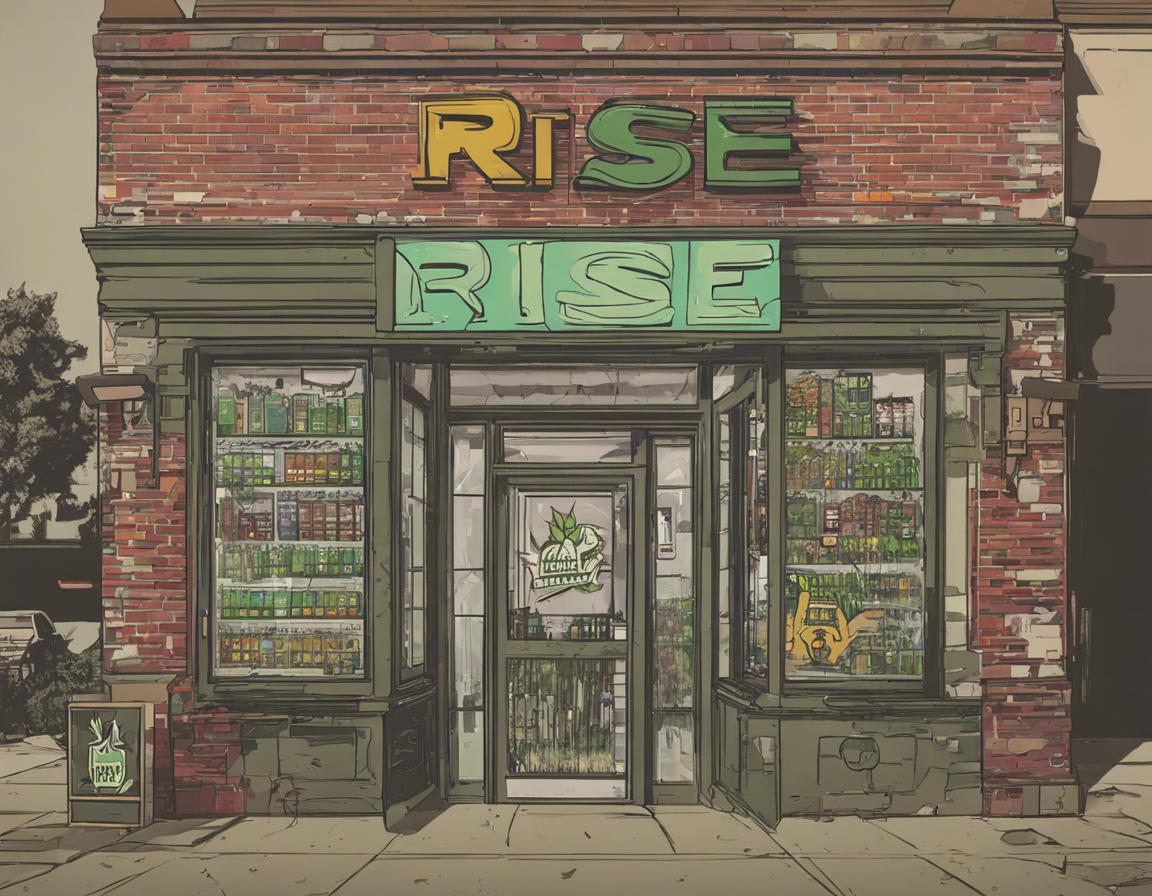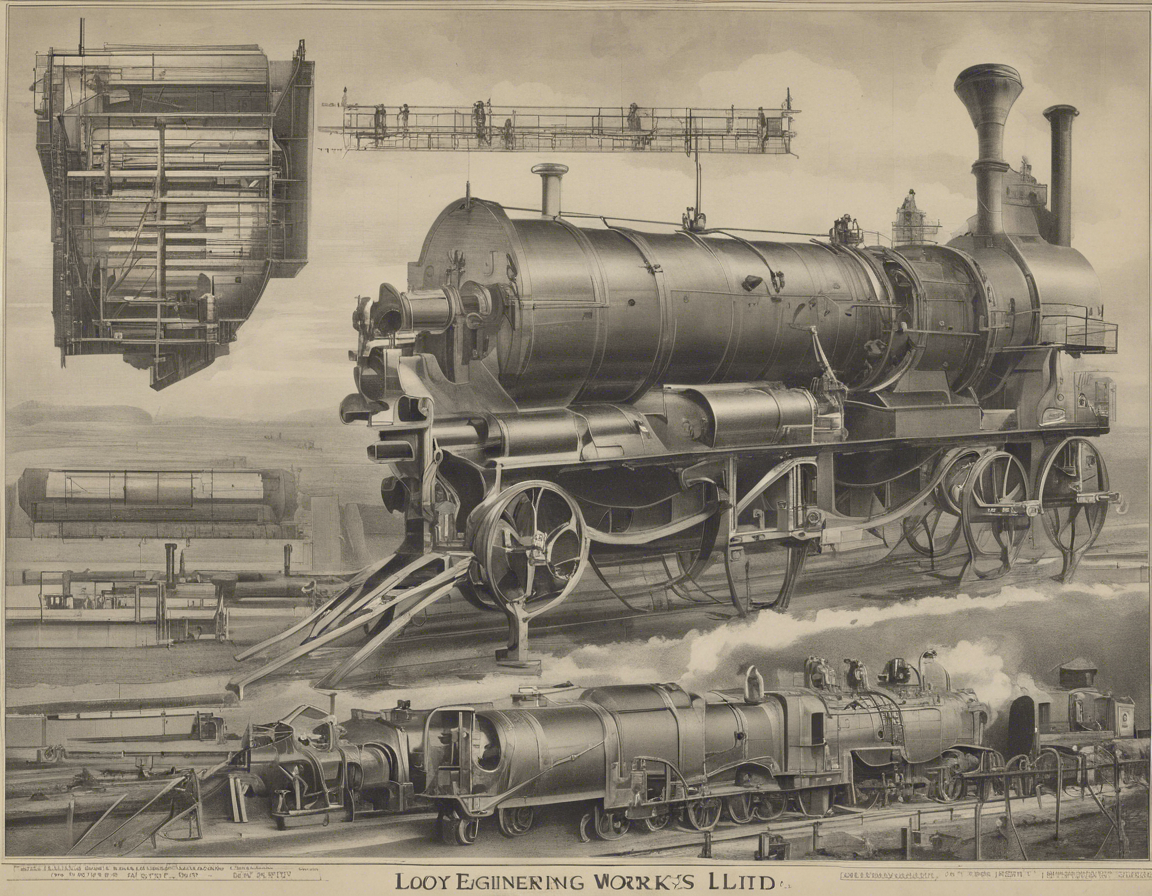Introduction
Climate change has become one of the most pressing issues of our time, with far-reaching effects on the environment and society. From rising temperatures and sea levels to extreme weather events, the impacts of climate change are becoming increasingly evident. In this article, we will delve into the concept of climate change, its causes, consequences, and potential solutions.
What is Climate Change?
Climate change refers to long-term changes in temperature, precipitation, and other atmospheric conditions on Earth. While climate is the average of weather conditions over a long period, climate change specifically relates to changes in these averages over decades or centuries. The primary driver of recent climate change is human activity, particularly the emission of greenhouse gases such as carbon dioxide (CO2) and methane.
Causes of Climate Change
- Greenhouse Gas Emissions: The burning of fossil fuels for energy, deforestation, and industrial processes release greenhouse gases into the atmosphere, trapping heat and causing the planet to warm.
- Deforestation: Trees play a crucial role in absorbing CO2 from the atmosphere. Deforestation, primarily for agriculture and urban development, reduces the planet’s capacity to remove greenhouse gases.
- Industrialization: The industrial revolution marked a significant increase in the burning of fossil fuels, leading to a surge in greenhouse gas emissions and global temperatures.
- Agribusiness: Intensive agriculture practices, including the use of chemical fertilizers and deforestation for agricultural land, contribute to climate change through emissions and land-use changes.
Consequences of Climate Change
- Rising Temperatures: Global temperatures have been steadily increasing, leading to heatwaves, prolonged droughts, and shifting weather patterns.
- Melting Ice Caps: The warming climate is causing glaciers and polar ice caps to melt rapidly, contributing to sea-level rise and threatening low-lying coastal areas.
- Extreme Weather Events: Climate change is intensifying extreme weather events such as hurricanes, floods, and wildfires, causing widespread destruction and loss of life.
- Biodiversity Loss: Changes in climate are disrupting ecosystems and habitats, leading to species extinction and loss of biodiversity.
- Food Insecurity: Climate change impacts agriculture and food production, leading to crop failures, food shortages, and increased food prices.
Solutions to Climate Change
- Transition to Renewable Energy: Shifting from fossil fuels to renewable energy sources such as solar, wind, and hydropower can reduce greenhouse gas emissions and mitigate climate change.
- Energy Efficiency: Improving energy efficiency in industries, transportation, and buildings can reduce energy consumption and lower emissions.
- Reforestation and Conservation: Planting trees and protecting forests help sequester carbon dioxide and preserve biodiversity.
- Sustainable Agriculture: Adopting sustainable farming practices such as organic farming, crop rotation, and agroforestry can reduce emissions and promote soil health.
- Climate Policy: Governments and policymakers play a crucial role in implementing climate policies such as carbon pricing, emissions trading, and regulations to limit greenhouse gas emissions.
Frequently Asked Questions (FAQs)
- What is the main cause of climate change?
-
The main cause of climate change is the emission of greenhouse gases, primarily from human activities such as burning fossil fuels and deforestation.
-
How does climate change affect the environment?
-
Climate change affects the environment through rising temperatures, melting ice caps, extreme weather events, biodiversity loss, and food insecurity.
-
What are the long-term effects of climate change?
-
The long-term effects of climate change include sea-level rise, more frequent and severe droughts and storms, species extinction, and disruptions to ecosystems.
-
Can individuals make a difference in combating climate change?
-
Yes, individuals can make a difference by reducing their carbon footprint, supporting renewable energy, adopting sustainable practices, and advocating for climate action.
-
What is the role of governments in addressing climate change?
- Governments play a crucial role in setting policies, regulations, and targets to reduce greenhouse gas emissions, promote renewable energy, and protect the environment.
Conclusion
Climate change is a global challenge that requires urgent and collaborative action to mitigate its impacts and build a more sustainable future. By understanding the causes and consequences of climate change and adopting solutions such as renewable energy, conservation, and sustainable practices, we can work towards a healthier planet for current and future generations. It is essential for individuals, communities, businesses, and governments to come together to address climate change and create a more resilient and sustainable world.




